Which tires are better: narrow or width?
For almost a century, cyclists have known that narrower tires roll faster. Some people have recognized that, in theory, wider tires are faster due to their smaller contact patch, which deforms as the bike rolls. But the thinking was that, in practice, the lower pressure wider tires run at limited their performance. If you want to go fast, choose narrow tires. So, the question arises: Are narrow or wide tires faster on a bike?

Our ADO experts tested on real roads with a rider on the bike and found that the increased vibration of the narrower tires caused energy losses that offset the gains from the reduced flex. These suspension losses are mostly absorbed within the rider's body.
The faster we ride, the higher the frequency at which our bike vibrates, because our tires hit road bumps at higher speeds. However, narrower tires also increase the frequency of the vibrations they transmit. Generally, a bike with narrow tires feels faster, although it can also be slower. Conversely, wider tires vibrate less and therefore feel slow to most cyclists.
Narrow or wide tires on a bike? What does that mean for us riders? That we can freely choose our tire width without having to worry about performance. Of course, that doesn't mean that a wide touring tire will perform as well as a narrow racing tire. The casing determines 95% of a road tire's speed. To achieve good performance, you need a supple, high-performance casing. (The other 5% comes from the tread thickness.)
In summary, tire width affects the ride, but not the speed. If you measure the fast feel of a road bike connected to the road, you should choose narrower tires. If you want superior cornering grip and the ability to go fast even when the roads get rough, choose wider tires (like A20F+ ).


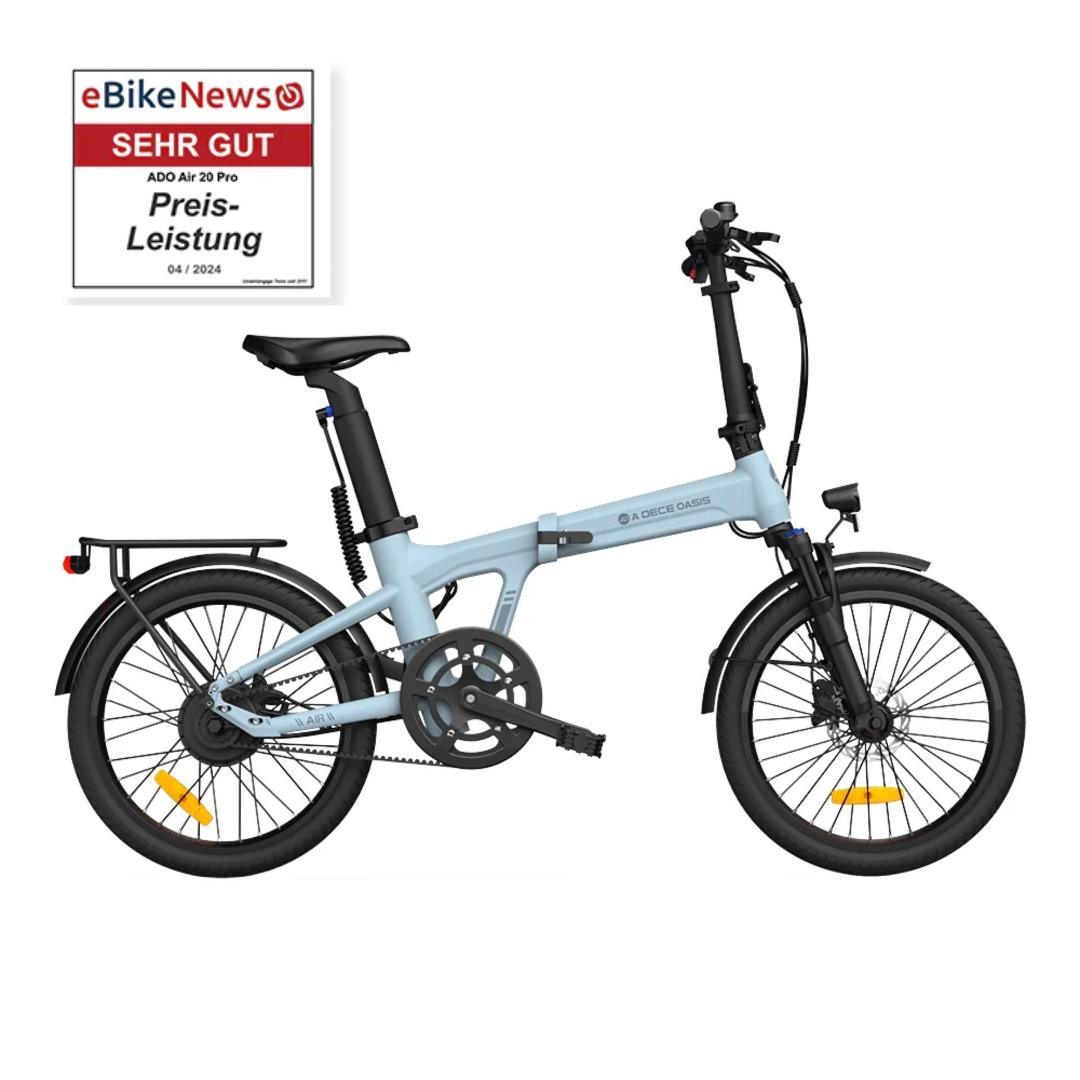
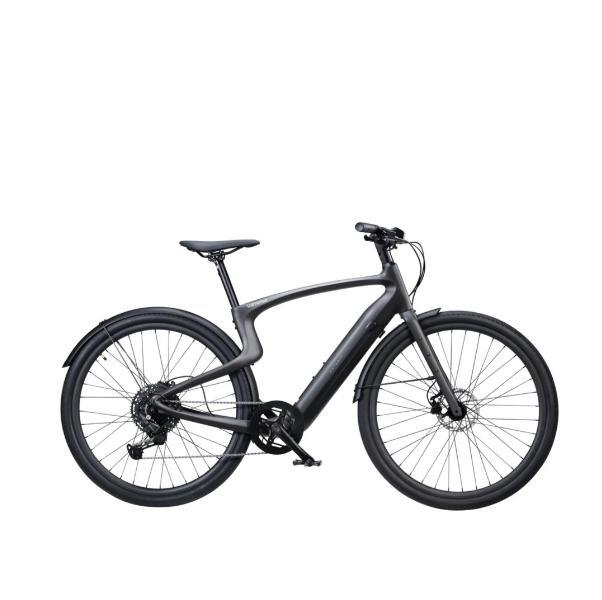

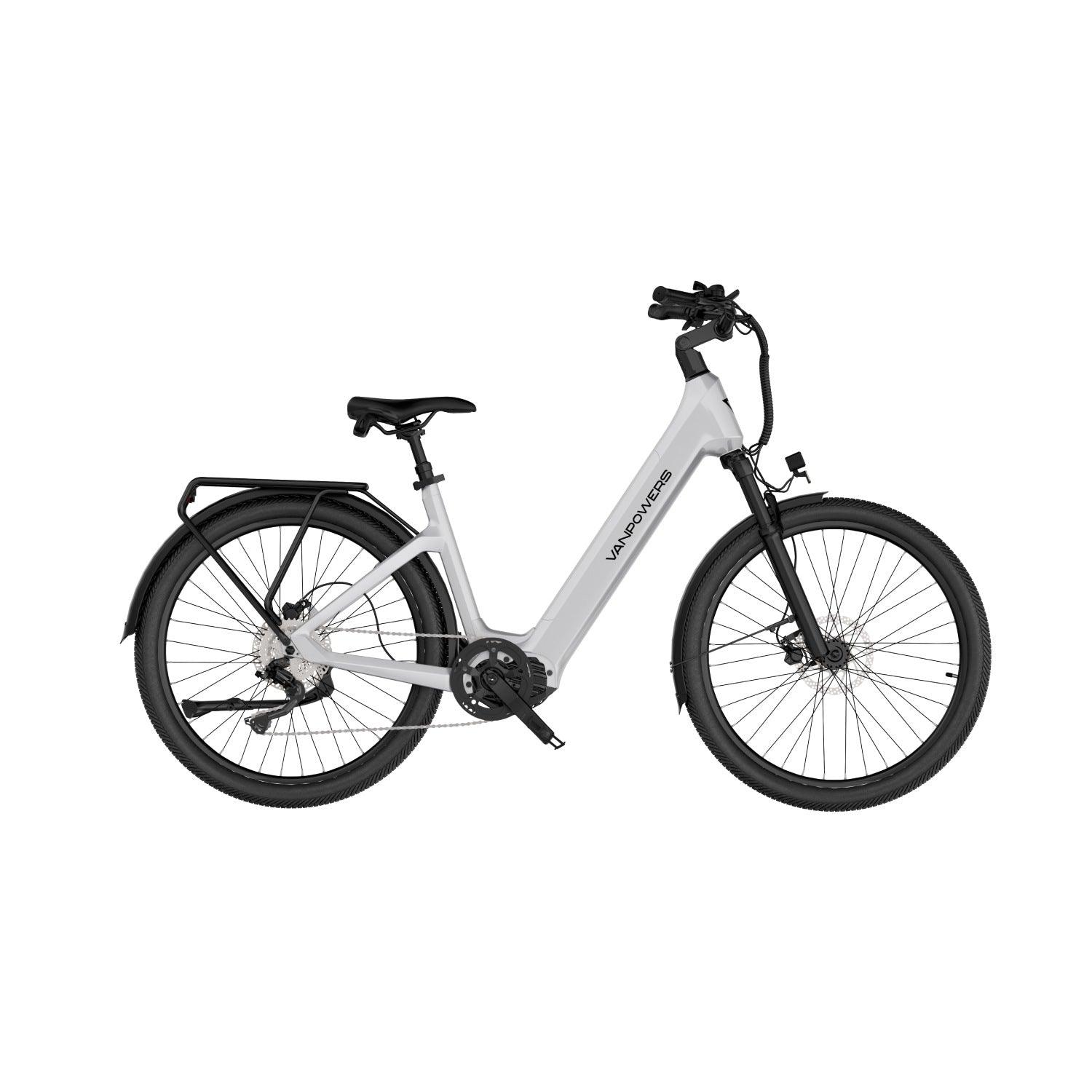
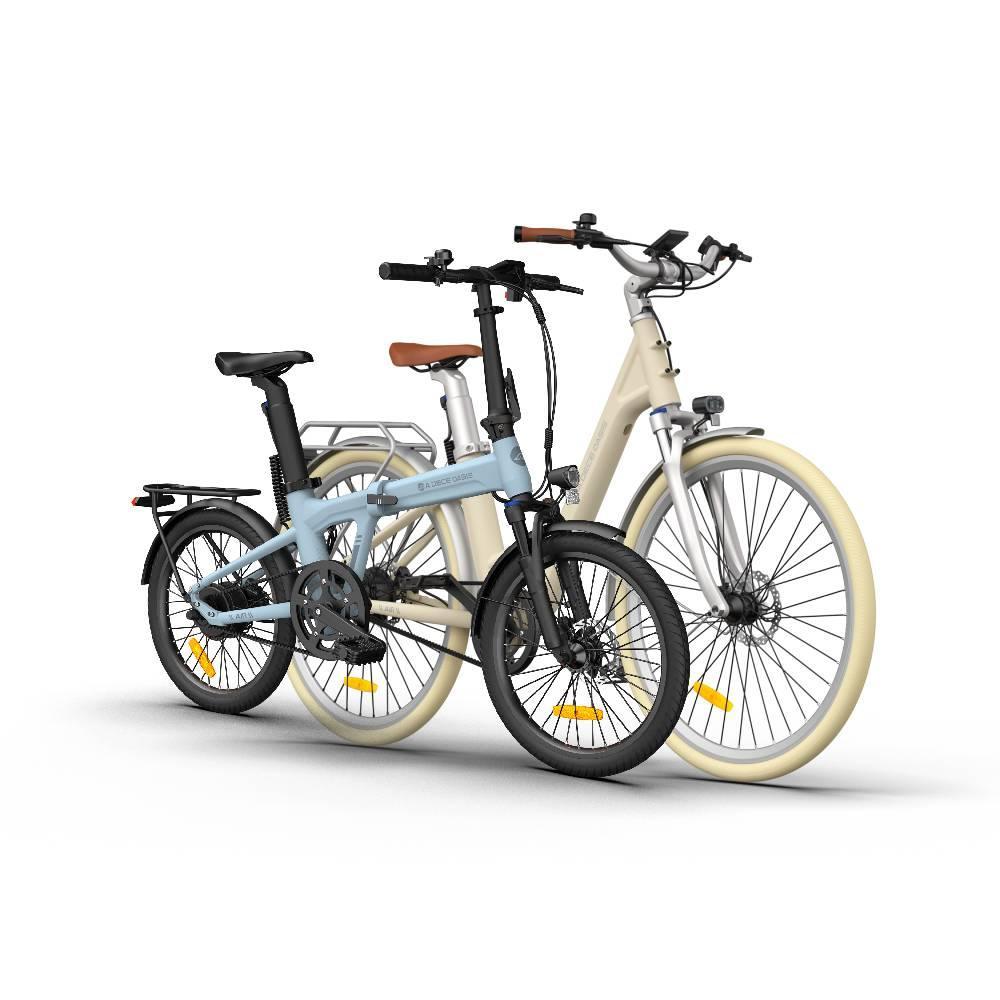



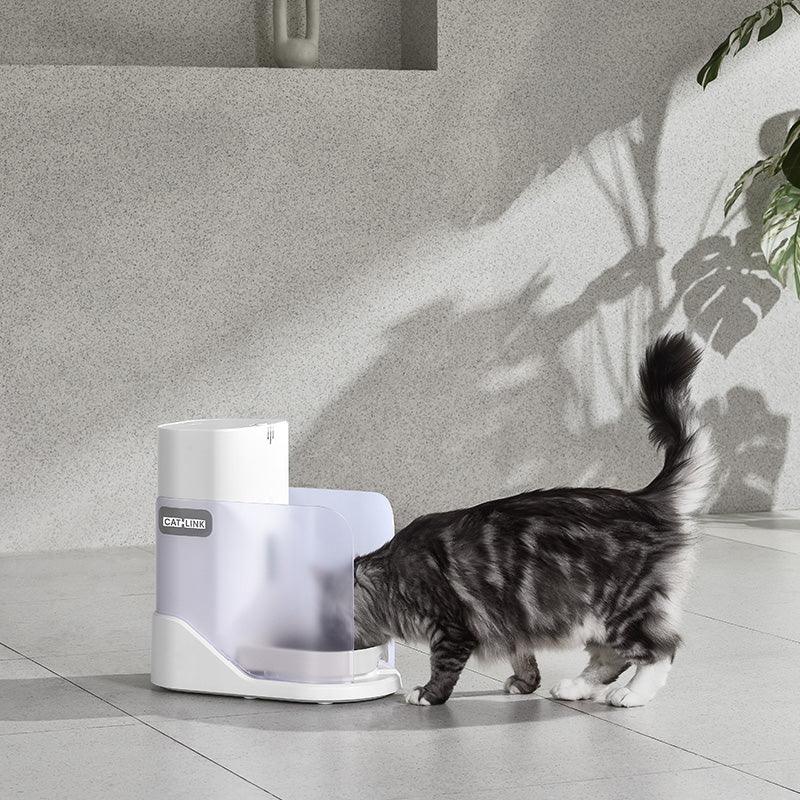


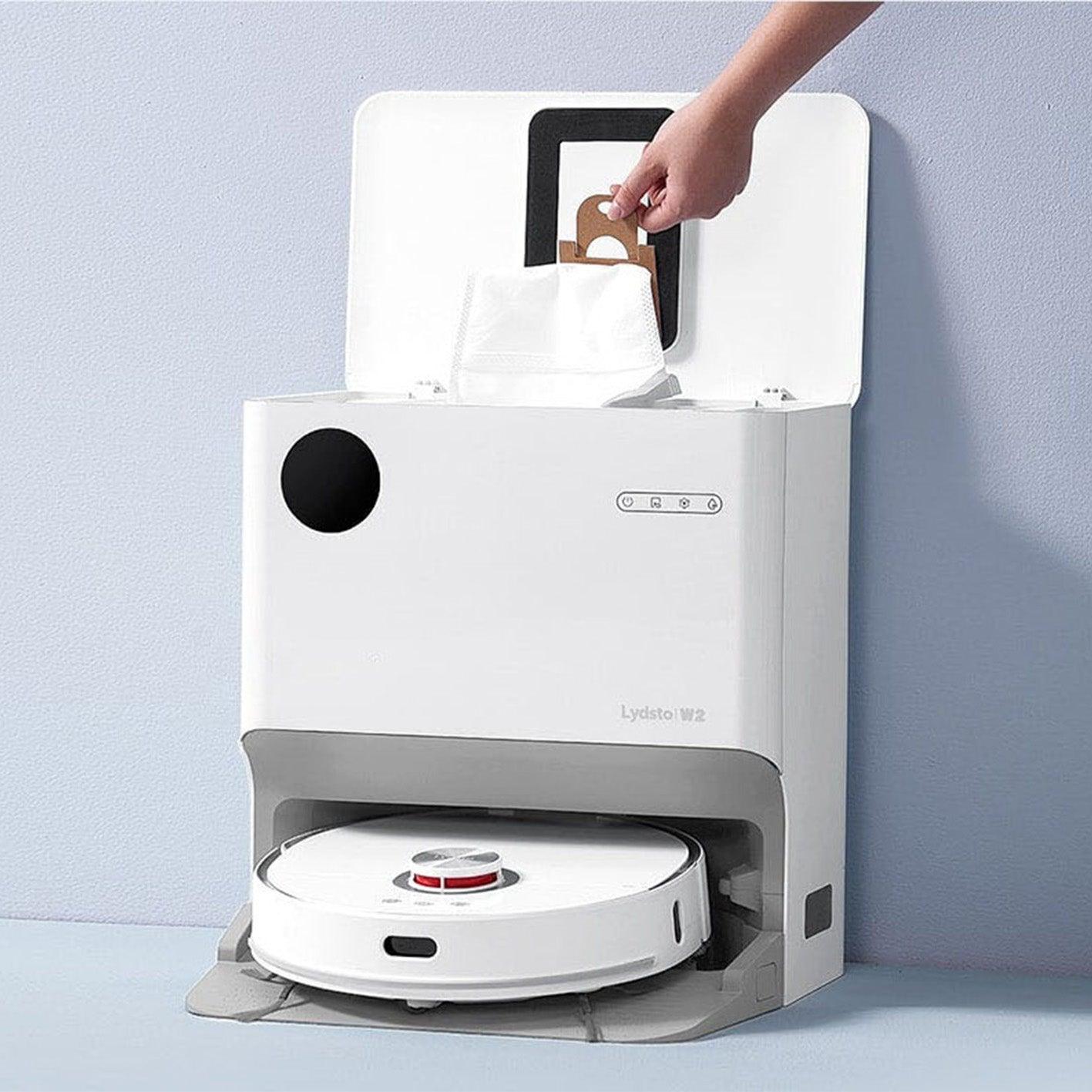
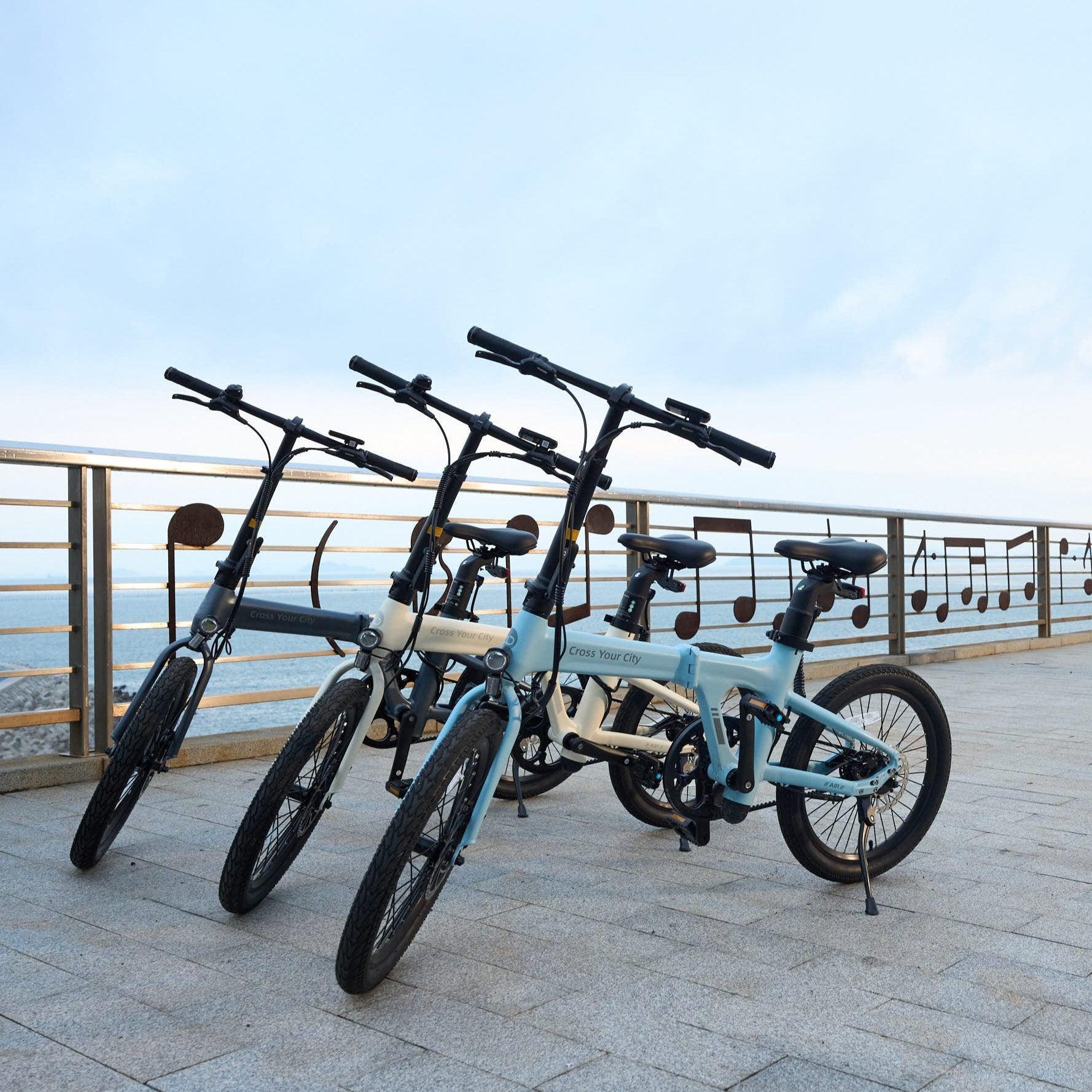





Leave a comment